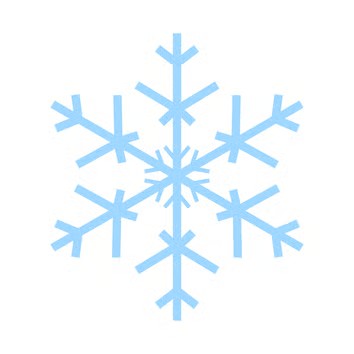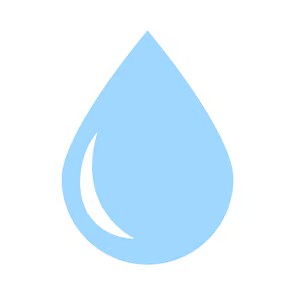Advertisement
Grab your lab coat. Let's get started
Welcome!
Welcome!
Create an account below to get 6 C&EN articles per month, receive newsletters and more - all free.
It seems this is your first time logging in online. Please enter the following information to continue.
As an ACS member you automatically get access to this site. All we need is few more details to create your reading experience.
Not you? Sign in with a different account.
Not you? Sign in with a different account.
ERROR 1
ERROR 1
ERROR 2
ERROR 2
ERROR 2
ERROR 2
ERROR 2
Password and Confirm password must match.
If you have an ACS member number, please enter it here so we can link this account to your membership. (optional)
ERROR 2
ACS values your privacy. By submitting your information, you are gaining access to C&EN and subscribing to our weekly newsletter. We use the information you provide to make your reading experience better, and we will never sell your data to third party members.
Atmospheric Chemistry
Quiz: The chemistry of snow and ice
Think you’re the expert on water’s unique properties? Test your wits.
by Andy Brunning, special to C&EN
March 7, 2021
Before you take our quiz on snow and ice, make sure you check out our Periodic Graphic for some helpful hints.
To how many other water molecules can a single water molecule in a snowflake form hydrogen bonds?

As of 2013, how many categories of snowflakes had researchers identified?

At what temperature is water’s density highest?

What is the smallest number of water molecules that can form an ice crystal, according to a recent study?

Photochemical reactions on ice crystals in polar stratospheric clouds produce chlorine radicals that deplete ozone. Approximately how many ozone molecules can each chlorine radical destroy?

Ice cores drilled in Antarctica and Greenland yield information on Earth’s past atmosphere and climate. Ratios of isotopes of which element in ice cores are used to estimate past temperatures?

How old is the oldest ice core drilled to date?

Chemical & Engineering News
ISSN 0009-2347
Copyright © 2024 American Chemical Society


Join the conversation
Contact the reporter
Submit a Letter to the Editor for publication
Engage with us on Twitter